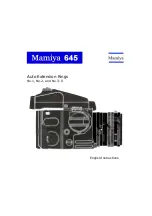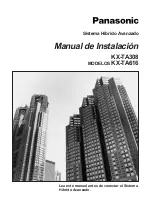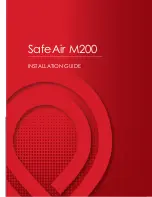
c03.fm
Planning a OpenScape Cordless IP System
Propagation Conditions for Radio Traffic
A31003-C1020-S100-03-7620, 12/2017
OpenScape Cordless IP V2, Service Documentation
39
Similar to buildings with brick outer walls.
However, due to industrial sector requirements, the dimensions of
reinforced concrete ceilings in these buildings are such that insertion loss
values are considerably higher than in brick buildings.
NOTE:
The resulting unfavorable vertical wave propagation must be taken into
consideration when installing the base station.
•
Scenario 3
- Interior with concrete walls and steel dividing walls
These areas also usually include the heavily steel-reinforced areas of
–
stairwells,
–
bathroom areas,
–
supply shafts, as well as
–
elevator shafts.
Table 5 shows several insertion loss values which are relevant to this
scenario, along with the corresponding capacity loss data for the radio area.
–
Propagation conditions
Horizontal and vertical values are approximately the same. It has been
determined that in this type of building, transmission usually takes place
along corridors if steel divider walls are installed.
As the relatively high insertion loss values show, individual rooms are
increasingly supplied via reflection if multiple metal walls are in the direct
path.
Concrete walls cause similar conditions to those described above.
Elevator shafts and stairwells must therefore often have their own base
station if they are to be included in the OpenScape Cordless IP range.
Table 5
Insertion loss (a
e
)/range loss in the radio area
Insertion object
a
e
(dB)
Range loss (%)
Concrete wall, interior, 10 cm
6
~ 75
Concrete wall, double, 2 x 20 cm
17
~ 97.5
Concrete wall, 25 to 30 cm
9.4 to 16
~ 88 to 97.5
Reinforced concrete ceiling
12 to 14
~ 91 to 96
Two reinforced concrete ceilings
35 to 47
100
Three reinforced concrete ceilings
42 to 53
100
Steel wall with wire-reinforced glass
6.5 to 10
~ 75.5 to 90
Steel walls, extending to ceiling, 3.5 m dist.
31 to 41
100
















































